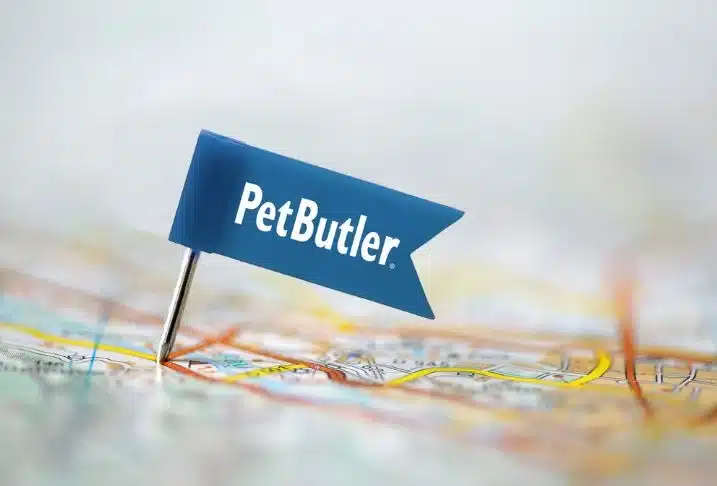For centuries, traditional dog training methods relied on fear, pain, and dominance to achieve obedience. Many of us were influenced by popular figures like Cesar Millan and taught to assert control and be the “Alpha” in our homes. However, research and experience reveal that these methods harm a dog’s mental health and are counterproductive in the long run.
Champions of a Fear Free philosophy, such as the late Dr. Sophia Yin and Dr. Marty Becker, advocate for a new perspective on pet care. This approach emphasizes positive reinforcement, emotional bonding, and trust-building rather than fear-based techniques.
The Birth of the Fear Free Philosophy
In 2016, Dr. Marty Becker, a renowned veterinarian, introduced the Fear Free philosophy. Drawing from decades of experience, Dr. Becker recognized the detrimental effects of fear on dogs’ well-being. He proposed a holistic approach centered on:
- Empathy: Understanding a dog’s fears, anxieties, and stressors.
- Stress Reduction: Identifying and avoiding triggers to facilitate stress-free training, exams, and grooming.
- Trust-Building: Creating positive interactions between pets and their caregivers.
Core Principles of the Fear Free Approach
1. Empathy and Stress Recognition
Empathy involves putting ourselves in a dog’s place to understand their emotions. Recognizing early signs of fear, such as a tucked tail or excessive panting, allows us to intervene before stress escalates. Techniques to reduce stress include:
- Avoiding known triggers.
- Using calming environments with pheromone scents or soothing music.
2. Education for Pet Owners and Professionals
Education is a cornerstone of the Fear Free philosophy. Pet owners, veterinarians, and caregivers can access resources like online courses and in-person training to learn:
- Pet body language and outward signs of stress.
- Strategies for reducing anxiety through exercise, calming touch, and environmental enrichment.
By understanding how stress impacts a dog’s mental and physical health, caregivers can address issues like house soiling, growling, or chronic illness.
3. Gentle Handling Techniques
Fear Free practices prioritize gentle, respectful handling. This includes:
- Using calming touches like chest rubs or gentle pressure on non-vulnerable areas.
- Creating a safe, predictable environment during grooming or veterinary visits.
- Moving at a slow, steady pace to reduce fear.
4. Positive Reinforcement
Positive reinforcement is central to Fear Free training. Instead of punishment, this method rewards desired behaviors, making them more likely to be repeated. Examples include:
- Offering treats or toys for good behavior.
- Providing verbal praise to reinforce actions like responding to commands.
Customizing Care to Each Dog
Every dog is unique, with its own personality, preferences, and pace of learning. Fear Free training tailors care to the individual, ensuring their emotional and physical needs are met with minimal stress. Techniques such as desensitization and counterconditioning help create a confident, relaxed pet.
Practical Tips for Incorporating Fear Free Practices
Here are some simple ways to incorporate Fear Free principles into your routine:
- Observe Body Language: Recognize signs of fear or anxiety early, such as excessive panting or a tucked tail.
- Create a Safe Space: Provide a quiet retreat, like a crate or a cozy bed.
- Introduce New Experiences Gradually: Allow dogs to explore at their own pace and remove them from stressful situations.
- Reward Desired Behaviors: Use treats or praise to reinforce positive actions.
- Be Patient and Consistent: Particularly with dogs who have experienced trauma or lack positive interactions.
By adopting Fear Free practices, we can foster a deeper, more loving bond with our canine companions. This approach not only benefits the mental and physical health of our pets but also strengthens the relationship between humans and dogs, creating a harmonious and joyful partnership.
View our Pet Wellness Videos for more expert pet advice.
At Pet Butler, we want you and your pet to live your best and healthiest lives, which is why we offer Pet Waste Removal and Pet Care services year-round. We offer weekly, bi-weekly, monthly, and one-time clean-up services to meet your schedule and needs.


